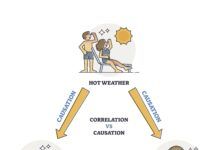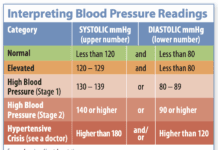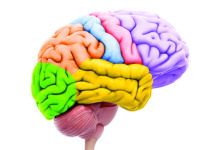Researchers in Sweden have reclassified diabetes into five different types, each with unique characteristics that could help doctors to identify people most at risk of diabetes complications and treat the disease more effectively.
In the conventional diagnosis, there are two types of diabetes. Type 1 usually develops at a young age when the body attacks the cells in the pancreas that make insulin. Type 2 diabetes develops at an older age when the body can’t control blood sugar levels properly.
In a study in The Lancet: Diabetes & Endocrinology, researchers sorted 14,775 adults in Sweden and Finland with diabetes into “clusters” based on key characteristics such as age, body mass index, insulin function and involvement of the immune system. Patients fell into five clusters: severe
autoimmune diabetes; severe insulin-deficient diabetes; severe insulin-resistant diabetes; mild obesity-related diabetes; and mild age-related diabetes.
If confirmed by further research, the clusters would not necessarily replace use of type 1 and 2 as diagnostic categories, but could be used to target treatments based on the underlying disease process and risk of complications.
“If we can get a sense for how patients might respond to different dietary changes, exercise interventions and medications, it could help us to individualize care,” says Richard D. Siegel, MD, co-director of the Diabetes and Lipid Center at Tufts Medical Center.






















